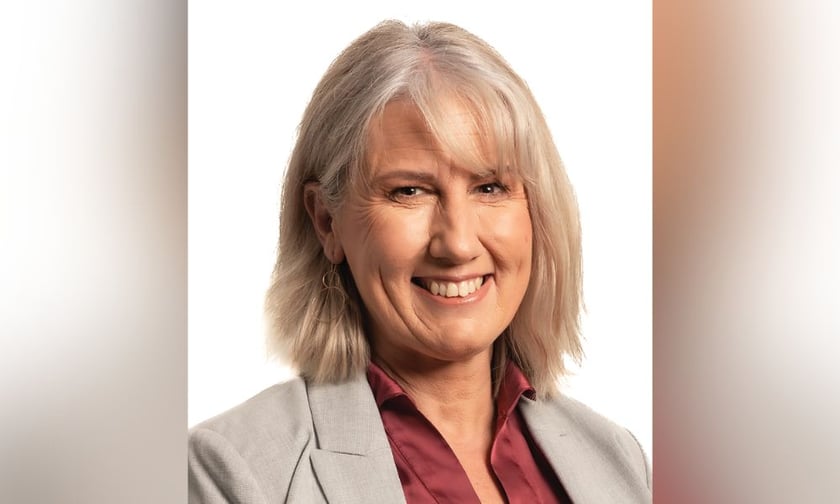

As the days get longer and warmer, the property market in Australia’s major regions is showing resilience – that, or more homeowners are “clinging on in hopes of a decrease in the cost of living,” said Janine Rockliff (pictured above), director at Herron Todd White.
According to the firm’s Month in Review report for September, investors are turning their sights on areas that remain affordable and offer a good rental return, as critically low long-term rental vacancy rates in most regions continue to push up rental costs and median house prices, though at a slower pace than the past two years.
For home buyers seeking to build their own home, they are faced with rising construction costs, driven by trade shortages but with material supply appearing to have stabilised for now.
“The prediction is, cost rises between 8% and 15% across the country and this is on top of the cumulative effect of the increases since the introduction of the home builder grants, other government incentives, and supply shortages,” Rockliff said.
For example, in Beaudesert, a regional locality an hour from the Gold Coast and Brisbane, building a standard project-style, turnkey four-bedroom, two-bathroom, double lock-up garage home with a gross floor area of just under 200 square metres, in 2019 cost $205,000 or around $1060 per sqm. Now, a similar house costs $366,000 or $1725 per sqm.
“Purchasers are wary of signing new construction contracts with cost increase clauses and a high proportion of provisional sum and prime cost amounts,” Rockliff said. “Concerns about the liquidity of builders are valid too with Victoria, Queensland, and Western Australia experiencing several construction company collapses.
“On top of all that, securing a builder who’s available to start in a reasonable timeframe to reduce holding costs is a challenge. This continues to drive the market to seek new or recently constructed homes and pay a premium for not having to go through the stress of a new build.”
She noted that in some areas, the houses that have been renovated to a high standard have become as attractive to buyers as new, though not as high a premium.
The report noted another interesting element as demonstrated by the Western Australian market.
“Even if Western Australia can build its quota of the federal government’s 1.2 million new dwellings, that would not be sufficient to significantly change the demand and supply equation based on immigration forecasts,” Rockliff said.
“The reality is that homeowners cannot list their property for sale if they have not secured somewhere else to live. When there are only 2,400 houses and 1,500 units on the market in a city of two million people, finding a house to buy is a tough ask.”
The HTW director said the true test of the property market’s resilience will come as spring listings hit the market.
“Will there be an urgency from homeowners coming off their 2% fixed rate, or will investors take the opportunity to re-enter the market? The answer will be based on the locations, property types, and price points in question,” Rockliff said.
“Last spring, we did not see the usual flood of listings which kept supply well below demand and value growth positive. We have noted more new stock in late winter than is traditionally the case, but this has yet to soften conditions.”
Get the hottest and freshest mortgage news delivered right into your inbox. Subscribe now to our FREE daily newsletter.
